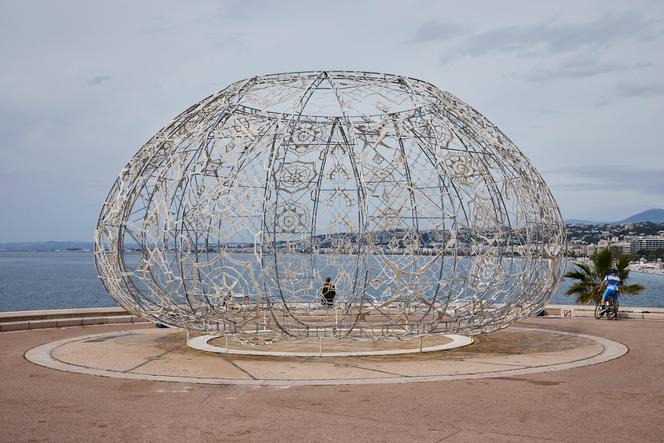
The first United Nations conference on the need to protect oceans took place in New York in 2017. The third and most recent was just held in Nice, on June 13. But for nearly 75 years, it has been common knowledge that humans’ horrible habit of polluting the seas that surround and sustain them could lead to disaster. This was revealed in 1951 by The Sea Around Us, a groundbreaking book by Rachel Carson (1907-1964). A marine biologist, Carson was also the author of Silent Spring (1962), which, for the first time, linked the rise in cancer cases to the widespread use of pesticides. For this contribution, Carson was considered a trailblazing environmentalist and is credited with the ban on DDT. These themes are at the heart of the sixth Nice Contemporary Art Biennale, organized by Jean-Jacques Aillagon and Hélène Guenin.
The artists and organizers have spared no effort, with 11 different exhibitions linked to the event, all spread across the city. Though uncommon for a biennale, these exhibitions are not limited to contemporary art but also tell the unique story of the city’s millennia-old connection to the sea. For example, did you know that the Baie des Anges (the Bay of Angels) owes its name to a strange fish − a half-ray, half-shark − that once thrived there? The angel shark (Squatina squatina) has now been decimated, notably because of trawling, and is currently listed among the 100 most endangered species worldwide. A (very small) taxidermied example can be found at the Villa Masséna at the exhibition “Nice, du rivage à la mer” (“Nice, From Shore to Sea”). If allowed to grow, the animal can exceed 2 meters in length.
You have 72.87% of this article left to read. The rest is for subscribers only.
















